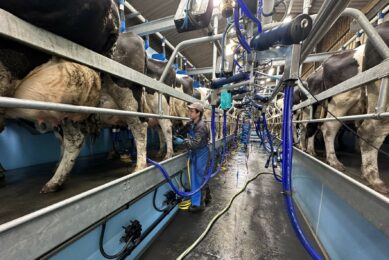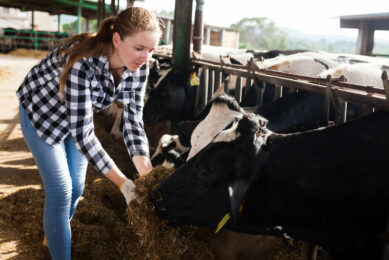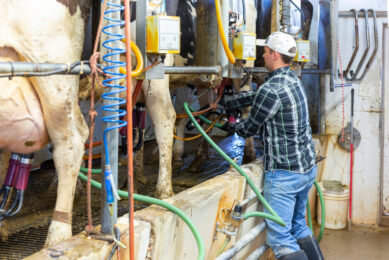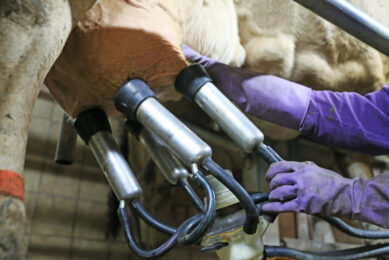5 steps for an effective dairy farm maintenance plan
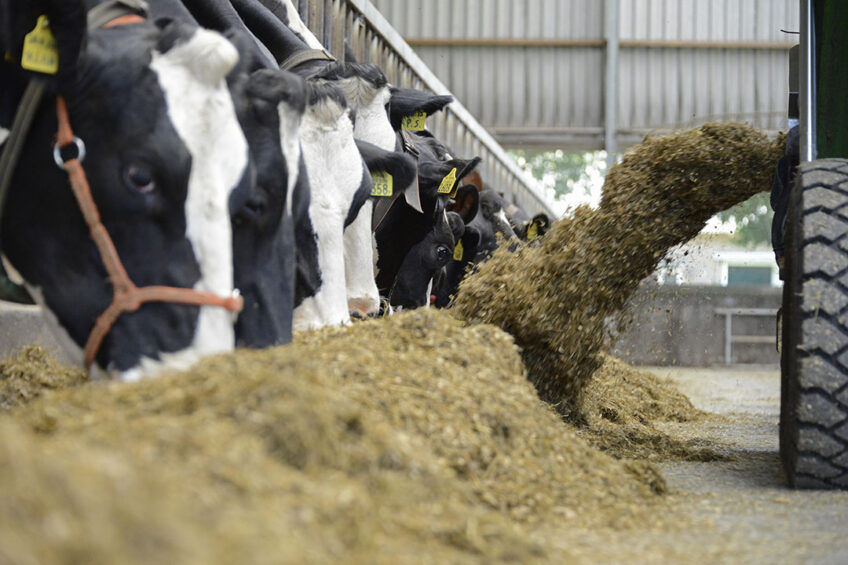
As any dairy farmer will tell you, the dairy business is not for the faint-hearted. The typical dairy farm is made up of several moving parts that each require continuous monitoring. Nothing can be overlooked or neglected.
Farm owners must see to the well-being of their cattle, oversee financial matters, and coordinate their staff. They must also continually research more sustainable ways to run their farms.
Added to all this, productivity is largely dependent on specific types of machinery and equipment required to keep a modern dairy farm running. Tasking as all these may be, the best practice approach is to proactively stay ahead. Farm owners will need to ensure that all available resources are being used maximally. To help them stay out of firefighting mode and limit daily operational distractions, a solid maintenance management plan is vital.
The following 5 steps will help farm owners and managers to build a robust and effective farm maintenance plan.
Many steps come together to create an effective farm maintenance plan. Yet, it’s always best to approach this plan methodically. Start with the basics – begin with a clear understanding of the assets available and then determine the entire scope of work to be done.
 Know your assets
Know your assets
Can you effectively manage what you don’t know? Most likely not. Thus, farmers need complete transparency of all the assets and equipment available on their farms. An asset register will provide that information. Ideally, this asset register should be as comprehensive as possible capturing every single machine and equipment on your farm. At the minimum, it will capture vital information like:
- Equipment name
- Quantity
- Specifications
- Present condition (good, average, or poor)
- Location
An asset register will not only lay a foundation for your maintenance plan, it will also help you budget better and create a replacement plan for assets that are nearing the end of their useful lifespan. In addition, an asset register will help you track your equipment and minimise issues of theft or misplacement.
Completing this first step is comparable to charting a course before embarking on a journey. Another benefit of an asset register is that it will help with proper forecasting for spare parts consumption and stocking.
 Choose a proactive maintenance strategy
Choose a proactive maintenance strategy
If step 1 above was completed thoroughly, you should now have enough information to determine the scope of maintenance work required on the entire farm and how it should be carried out. The next important decision to make is choosing an appropriate maintenance strategy.
Although several types of maintenance strategies exist, it’s highly recommended that you adopt and implement a proactive maintenance strategy. Considering the expensive nature of modern dairy equipment and the daily hazards of dairy farm administration, proactive maintenance will help you lay down a solid framework for safe and effective maintenance of key pieces of equipment.
Once this is decided, you can proceed to outline the specifics of the maintenance frequency for each asset. However, equipment maintenance frequency is usually best determined based on the original equipment manufacturer’s (OEM) recommendations.
Deciding on the maintenance strategy to implement is a big step. A proactive maintenance strategy will help to boost productivity, improve safety, save resources, maximise farm assets, and so on.
 Schedule maintenance tasks
Schedule maintenance tasks
You now have clear insights into your scope of work. The next step is scheduling those tasks. This is where you sort out the minutiae of implementing your maintenance plan. Scheduling involves prioritising and organising what is to be done, when, and how. This step requires that you define the sequence of activities, processes, procedures, and skills required for each maintenance task. To succeed at scheduling, vital information you’ll need includes:
- Checking the availability of all resources, material, labour, specialised equipment, tools, and information.
- Are you in compliance with regulatory laws guiding dairy farm administration?
- Do you have all the required PPE (Personal Protection Equipment) for your staff?
- Do you need to obtain permits for some types of tasks?
All of the above must be arranged well in advance.
It is worth mentioning here that although routine maintenance is a key requirement for the success of your farm operations, it must be properly scheduled so that it doesn’t disrupt normal operations.
Although all your machinery is important, items like cooling machines must be maintained carefully to avoid spoilage of milk. If it’s unavoidable that maintenance will extend for long, consider hiring additional cooling and storage equipment to act as a backup.
All of the above sounds like a lot of work. It is! Missing out anything vital can cause delays later on. However, you can ensure a seamless implementation of your plan by adopting a computerised maintenance management system (CMMS).
In the event of a regulatory audit of your farm, the equipment maintenance history and reports obtained from your CMMS records will serve as evidence that maintenance work is being done as expected.
 Work allocation
Work allocation
Start outlining who does what and recruiting your maintenance workforce. This step in your plan will help to detail the appropriate skill set for each maintenance task and your expected maintenance staff strength. However, if you wish to keep a small maintenance team, you could hire a few then opt to outsource specific maintenance tasks to contractors where necessary.
 Work execution
Work execution
This is where your selected staff are assigned tasks and they begin to complete their work. At this point, you can determine if scheduled work is completed to the expected standards. Farm work is not for everyone. Thus, as much as possible endeavor to employ technicians and maintenance workers with experience working on a farm.
Also, depending on how large the farm is, you might consider employing a maintenance supervisor. It is usually their responsibility to coordinate staff, plan work, and to confirm that the work done meets the required quality standards.
Conclusion
Ultimately, with a strategic plan backed up with careful execution, an efficiently managed farm is achievable. You’ll get less downtime because of sudden breakdowns and unexpected repairs. This will keep your dairy farm running smoothly without the distractions of worrying about wasted money and lost time.



